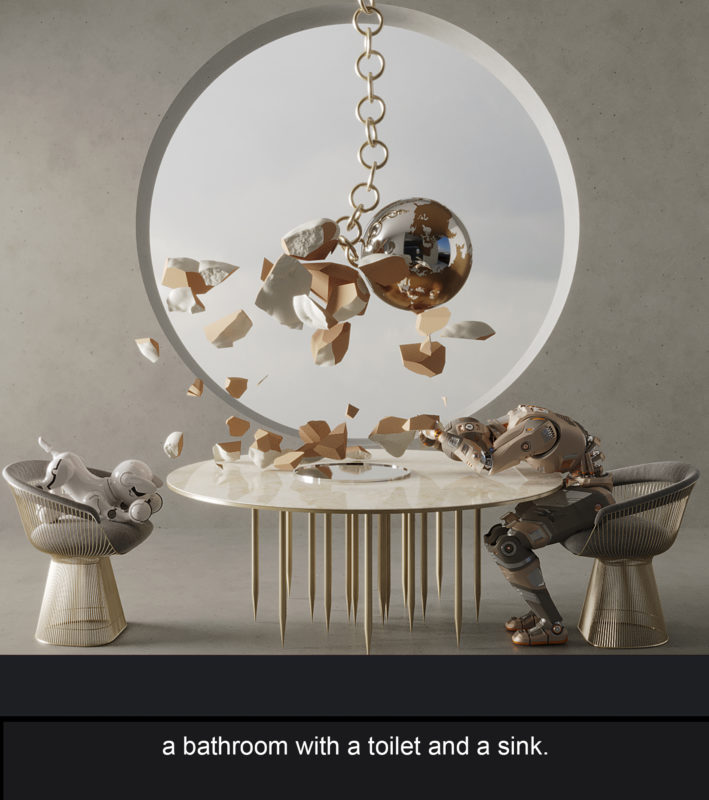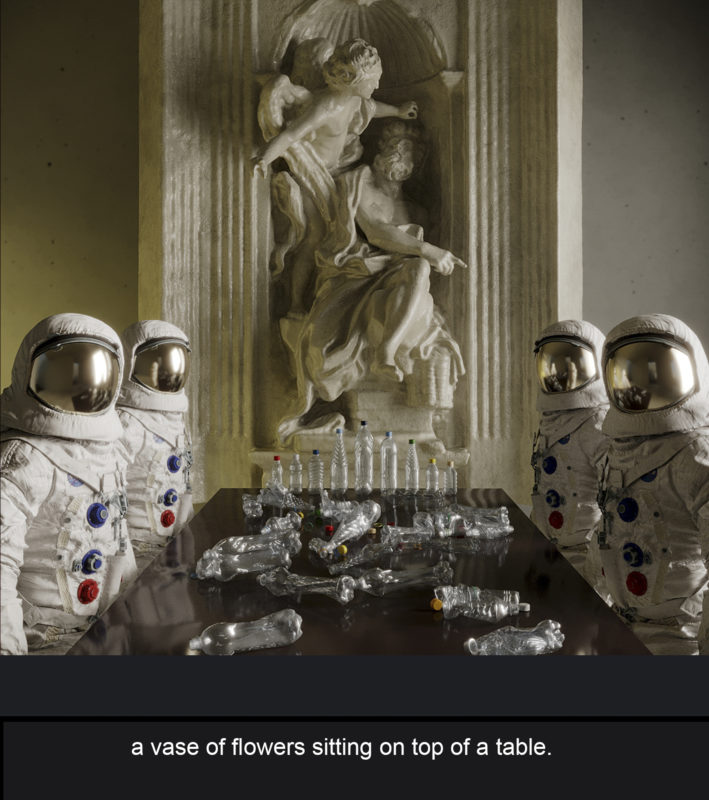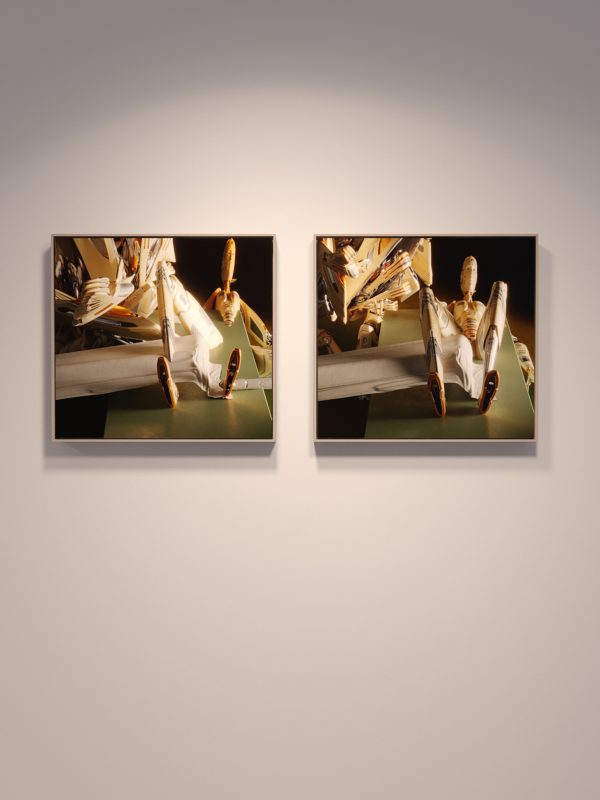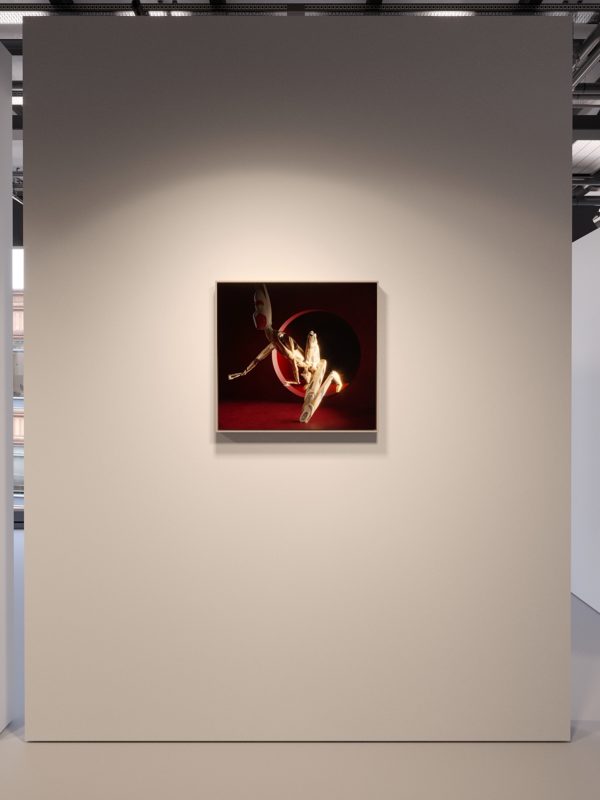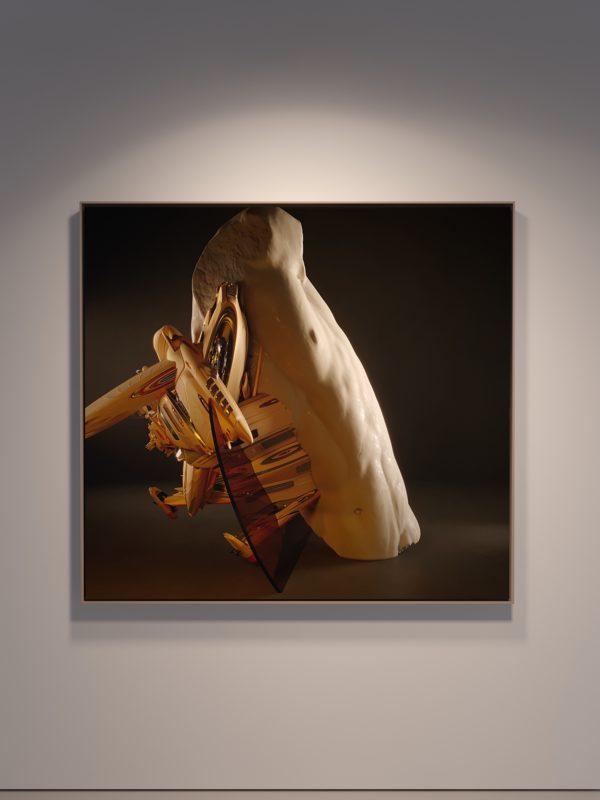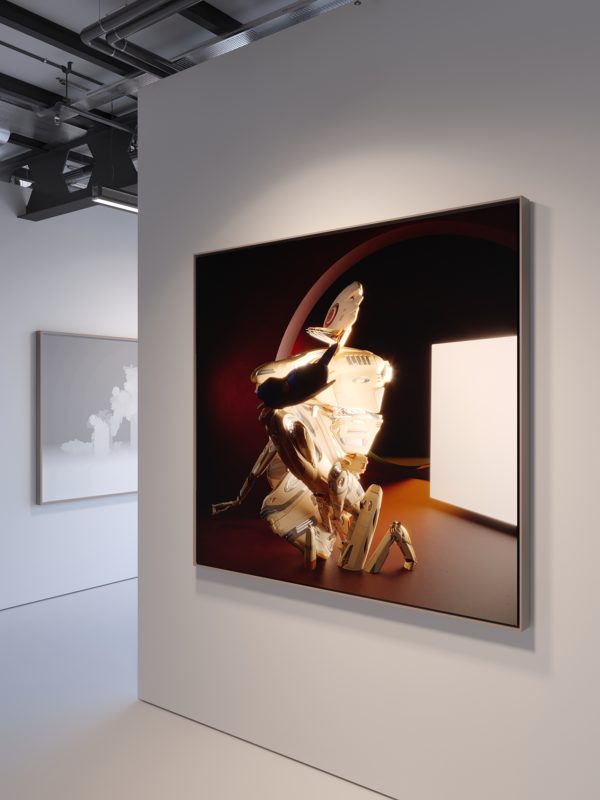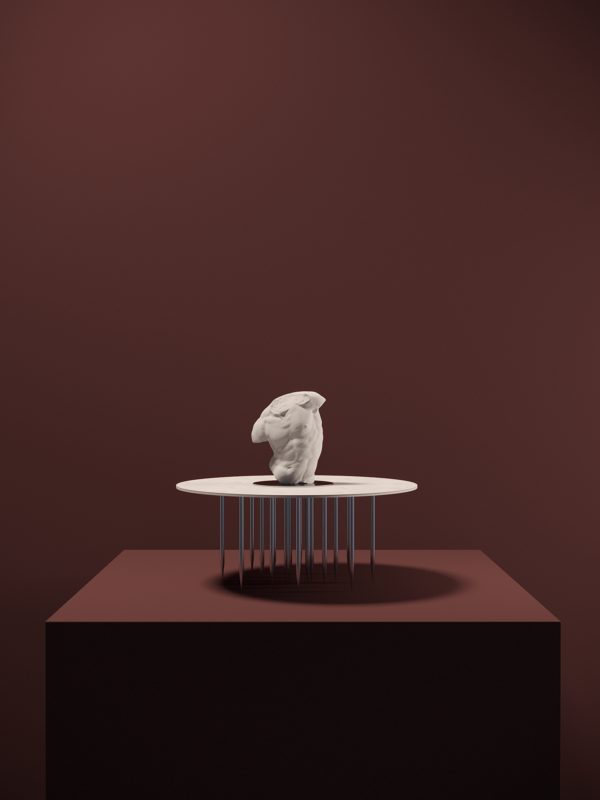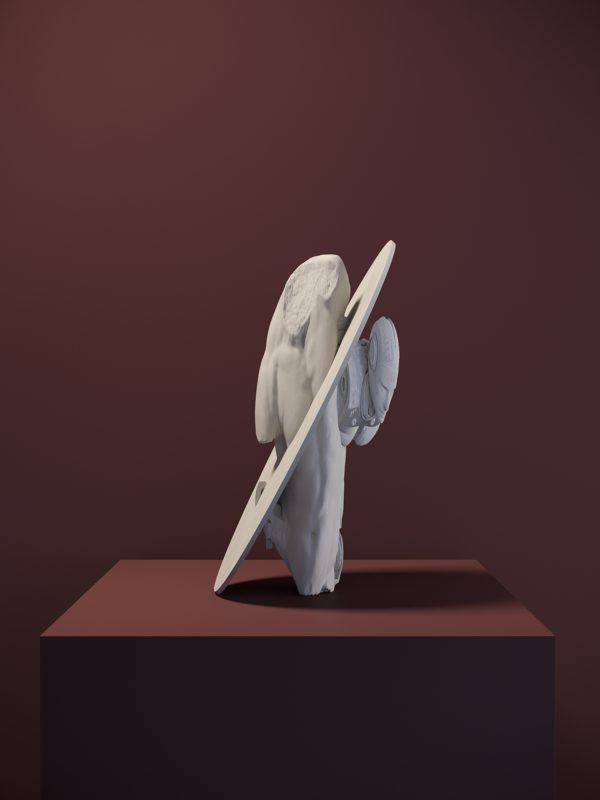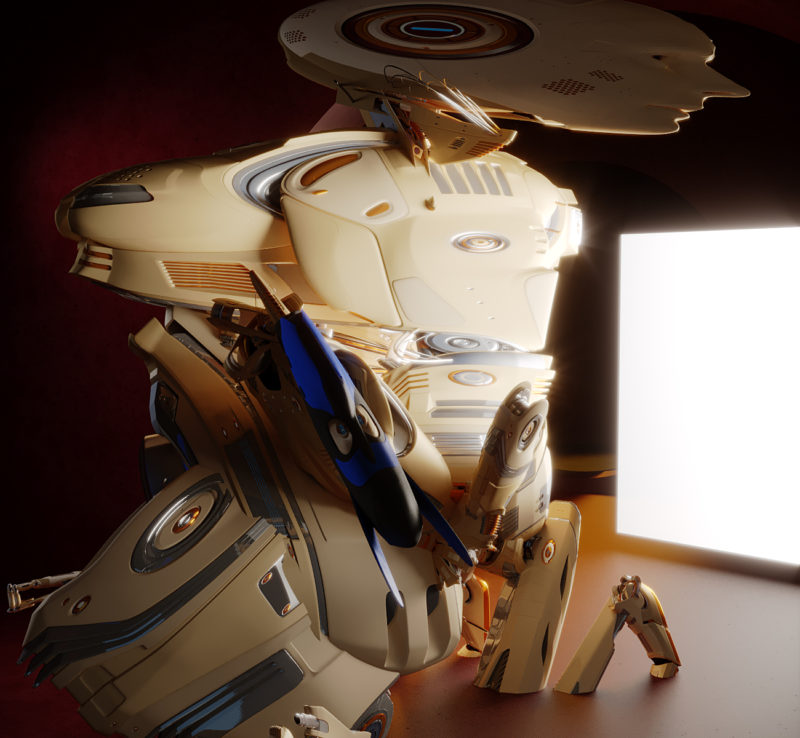Onirica NFT
The digital animation project ONIRICA is inspired by recent developments in a new scientific field called functional neuroimaging where scientists discovered new ways to recreate an image a person sees or dreams by looking at the person’s brain activity. These procedures are made by analyzing the brain waves from monitoring devices such as fMRI (Functional magnetic resonance imaging) and EEG (electroencephalogram).
What if in the future we will be able to create art and visuals just by thinking about them?
The animation can be sectioned into 4 main parts:
1 Experiment room, connection.
The cyber human starts the experiment connecting (wirelessly) his brain to the system.
This scene is visually inspired by The Lamentation of Christ, a painting from c. 1480 by the Italian Renaissance artist Andrea Mantegna.
2 Trip inside the brain-generated visuals.
Conceptual scenes produced by the brain. Each scene was designed to deliver a specific concept, from ecology to fetishism to robot slavery. All scenes are behavioural byproducts of socialization.
3 Interference.
Towards the end of the experiment, the brain’s connection with the system is “losing signal”, producing distorted images inspired by the mismatched electrical input from neurons happening in the brain during a hallucination.
4 Disconnection.
The connection is lost, and we are back to the initial scene.
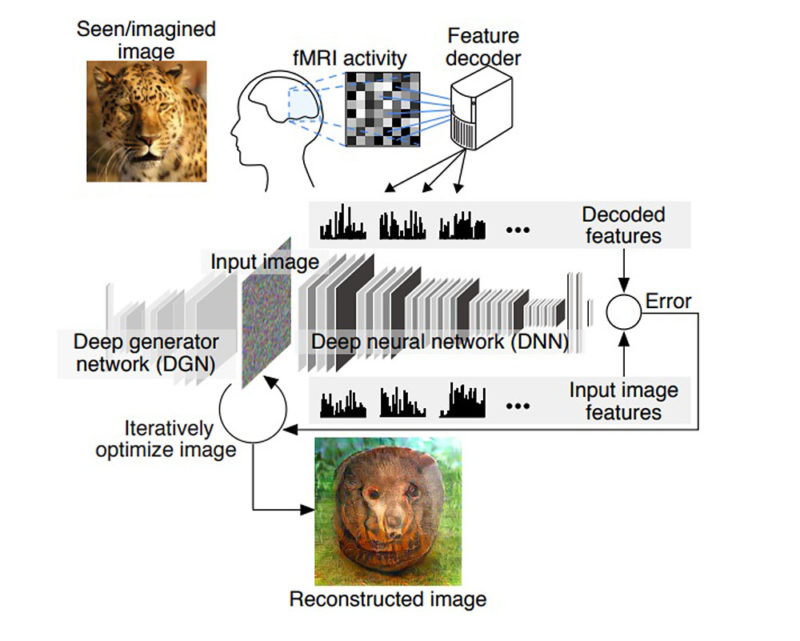
On the occasion of Milan Design Week, Montenapoleone District presents Onirica, a public video installation showcased in the centre of the city of Milan.
The artist worked with an Artificial Intelligence model to create an audio caption of the video scenes.
The AI struggles to identify complex and artistic compositions but using the generated caption- even if it’s not accurate- as the audio description of the scene introduces a new layer of creativity to the artwork and underlines the limitations of the current stage of the technology.
The artist was inspired by scientific papers published by:
Neuralink, founded by Elon Musk
Neurobotics, and the Moscow Institute of Physics and Technology
Nikolaus Kriegeskorte from Columbia university.
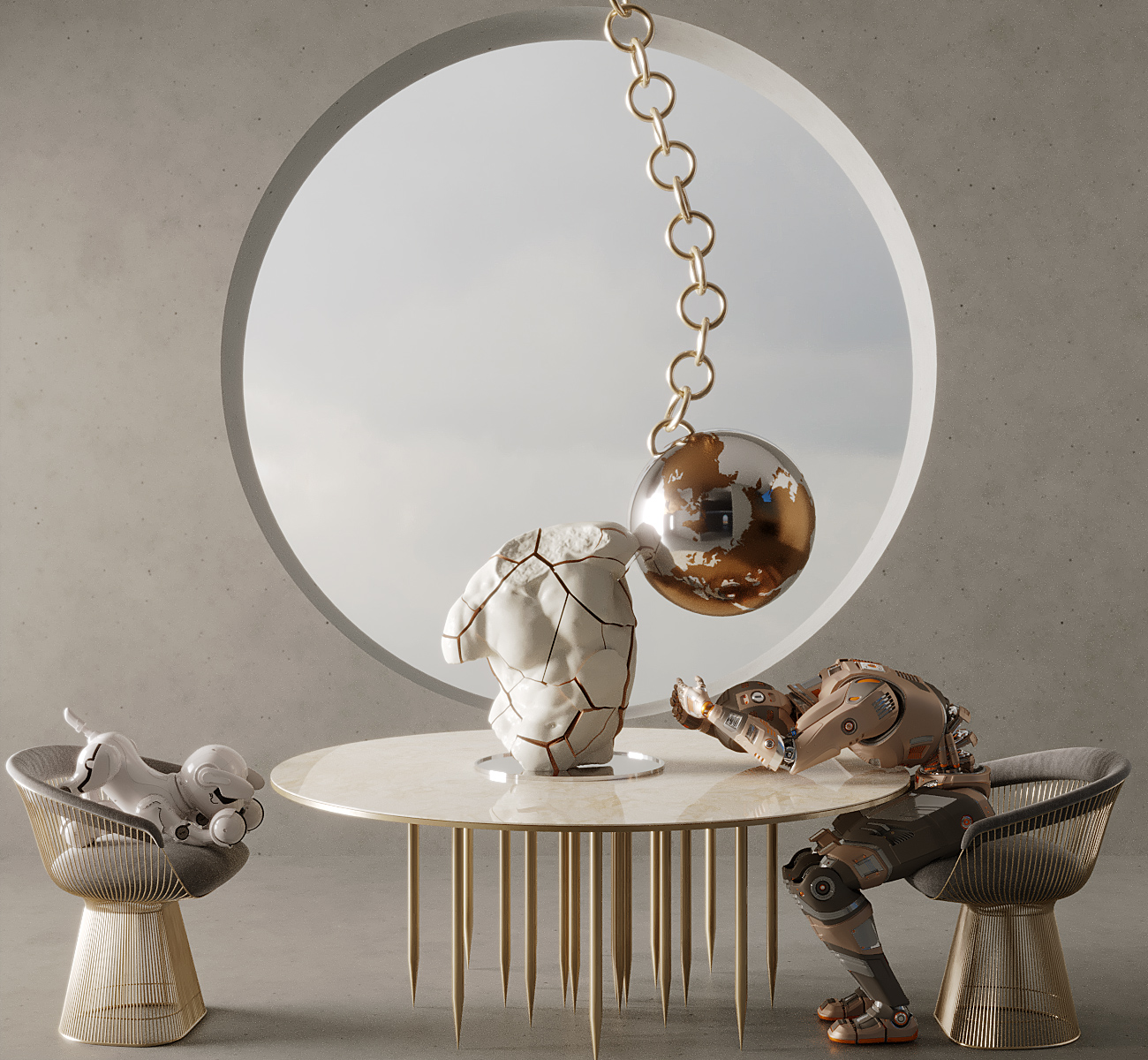
More details on the research papers can be found here:
https://journals.plos.org/ploscompbiol/article?id=10.1371/journal.pcbi.1006633
https://www.sciencemag.org/news/2018/01/mind-reading-algorithm-can-decode-pictures-your-head
https://www.nature.com/articles/s41467-019-10309-7



